A mysterious crimson flow seeps from Antarctica’s icy white landscape, sparking both curiosity and alarm among observers.
This surreal sight, famously called Blood Falls, has baffled explorers and scientists since its discovery over a century ago.
At first glance, the shocking red stain appears like a wound in the pristine ice, fueling speculation about its cause.
But rather than serving as a harbinger of environmental disaster, this phenomenon offers a stunning example of nature’s hidden chemistry.
Recent breakthroughs have unraveled the secrets behind Antarctica’s “bleeding” glacier—challenging our assumptions about what lies beneath the ice, and reshaping our understanding of this remote continent.
1. The Enigmatic Blood Falls
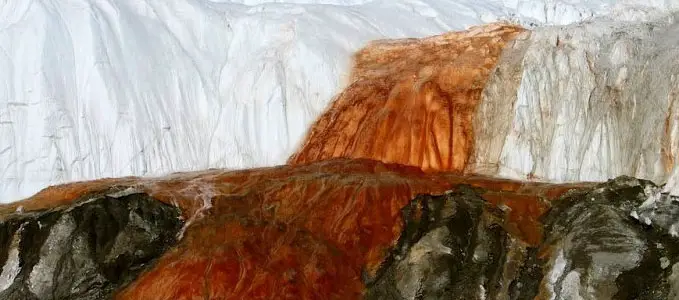
Blood Falls pours from the edge of Taylor Glacier into the frigid waters of Lake Bonney, standing out with its vivid, otherworldly red hue.
Discovered in 1911, this strange waterfall immediately captivated explorers, who were mystified by its color and elusive source.
Unlike anything else on the continent, Blood Falls remained an enduring puzzle for decades, its secrets locked away by ice.
For more on this fascinating phenomenon, visit
National Geographic
.
2. A Century-Old Mystery

Over a century ago, geologist Griffith Taylor first documented Blood Falls, sparking a wave of speculation about its origins.
Early explanations ranged from red algae to mineral-laden water, but the true cause remained elusive.
Only with modern scientific breakthroughs have researchers finally uncovered the real story.
Delve into historical accounts at
Australian Antarctic Program
.
3. Not Blood, But Iron
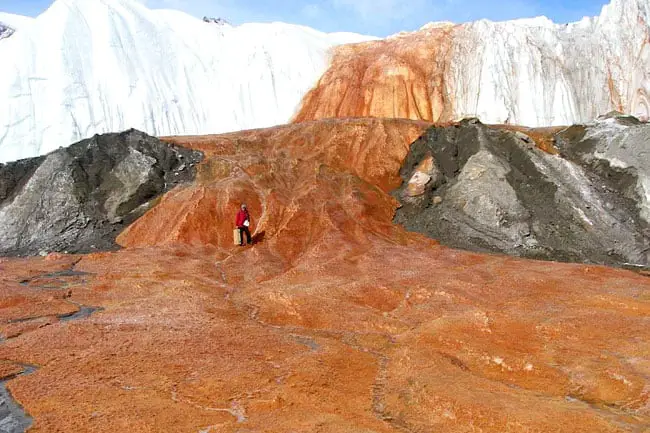
Despite its unsettling appearance, Blood Falls isn’t blood at all.
The source of its vivid color is iron-rich brine seeping from deep within the glacier.
When this salty water meets the Antarctic air, the iron oxidizes—just as metal rusts—producing the striking red hue.
This fascinating process is detailed by
Smithsonian Magazine
.
4. The Subglacial Lake Reservoir
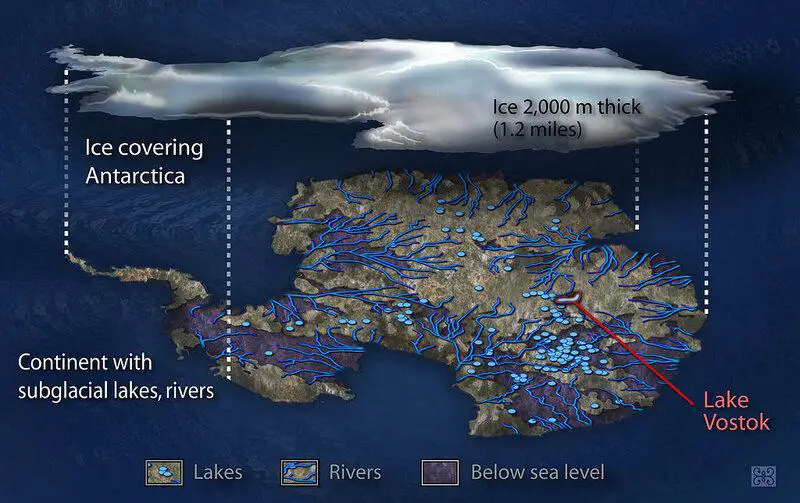
The red, iron-rich brine of Blood Falls has a remarkable origin: a subglacial lake sealed beneath Taylor Glacier for millions of years.
This ancient, isolated reservoir is packed with unique minerals and salts, giving the brine its special chemistry.
Scientists consider it a hidden treasure for research.
To learn more about the lake’s discovery, visit
Nature
.
5. Iron-Rich Brine Explained
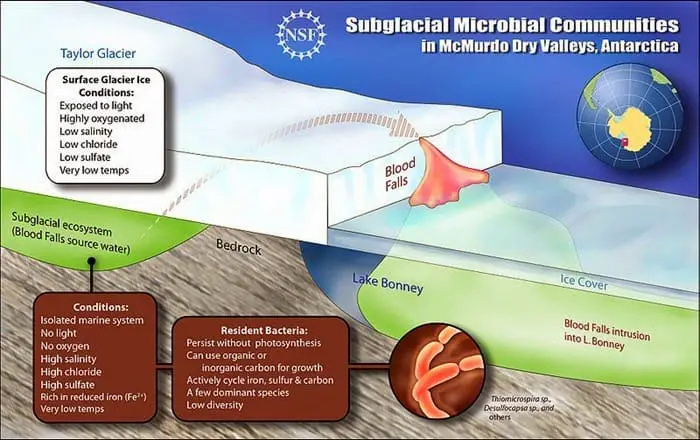
The water seeping from Blood Falls is not only ancient, but also exceptionally salty and loaded with iron.
As this iron-rich brine emerges into the frigid, oxygen-filled Antarctic air, a dramatic chemical reaction occurs.
The iron oxidizes, creating the deep red coloration—a process much like rust forming on metal surfaces.
Scientists used advanced chemical analysis to confirm this unique mechanism.
For more technical details, see the
US National Science Foundation
.
6. A Window into Ancient Ecosystems
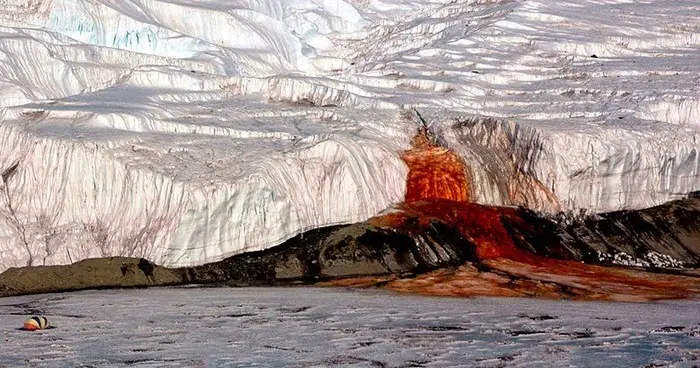
Hidden beneath the glacier, Blood Falls’ subglacial lake supports microbial life that survives without sunlight or oxygen.
These resilient organisms offer a rare glimpse into ancient and extreme ecosystems, expanding our understanding of life’s adaptability.
Their existence even fuels speculation about similar life forms on other planets.
Explore this research at
NASA Astrobiology
.
7. Breaking the Algae Myth
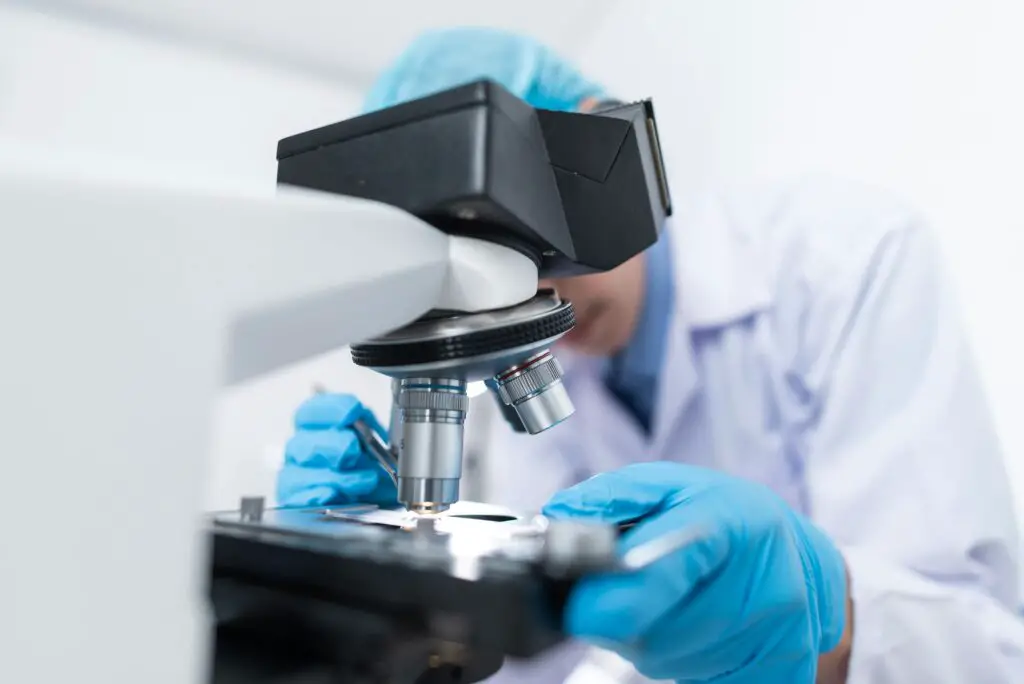
Initial explorers suspected that red algae were behind Blood Falls’ striking hue.
However, scientific investigation revealed no significant algae in the water.
The dramatic coloration is solely caused by iron oxide, not biological pigments.
Read more about this scientific correction at
Live Science
.
8. Unfreezing the Past

The unique chemistry of Blood Falls provides researchers with a rare opportunity to study ancient climate and glacial history.
The subglacial brine acts as a natural time capsule, preserving water from periods predating today’s Antarctic ice sheet.
By analyzing these samples, scientists can reconstruct environmental conditions from millions of years ago.
Find further insights at
Scientific American
.
9. Extreme Salinity
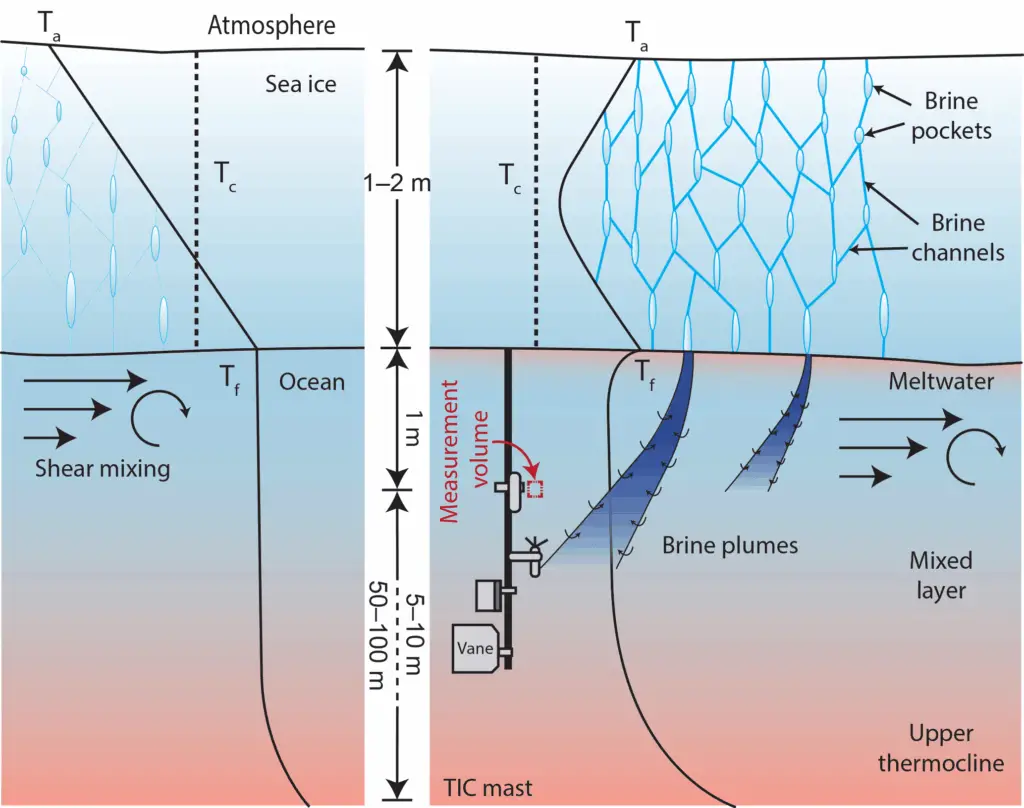
The brine emerging at Blood Falls is much saltier than seawater, a trait that keeps it from freezing even in Antarctica’s subzero climate.
This extreme salinity enables the iron-rich water to seep slowly through thick ice layers year-round.
Discover more about this unique chemical property at
Popular Science
.
10. The Role of Glacial Pressure
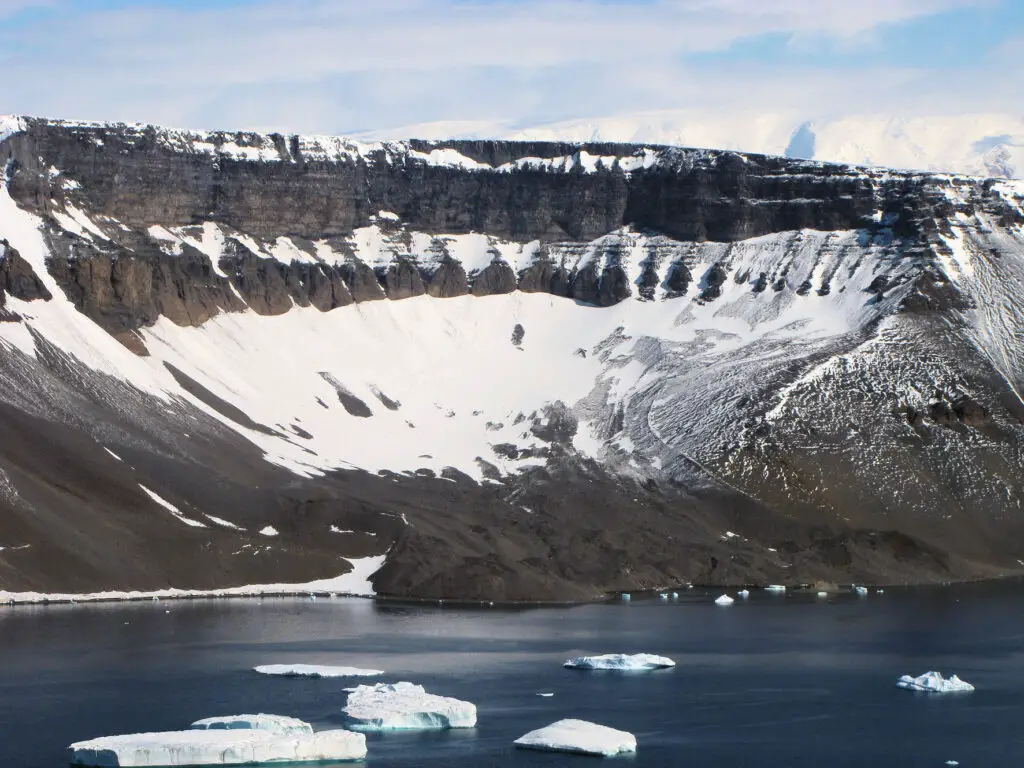
The brine’s journey to the surface depends on enormous glacial pressure.
This pressure pushes the salty, iron-rich water up through narrow fissures, acting like a hidden plumbing system within the glacier.
Without this natural force, the dramatic red outflow of Blood Falls would not occur.
Explore the underlying physics at
Geophysical Research Letters
.
11. A Unique Antarctic Landmark
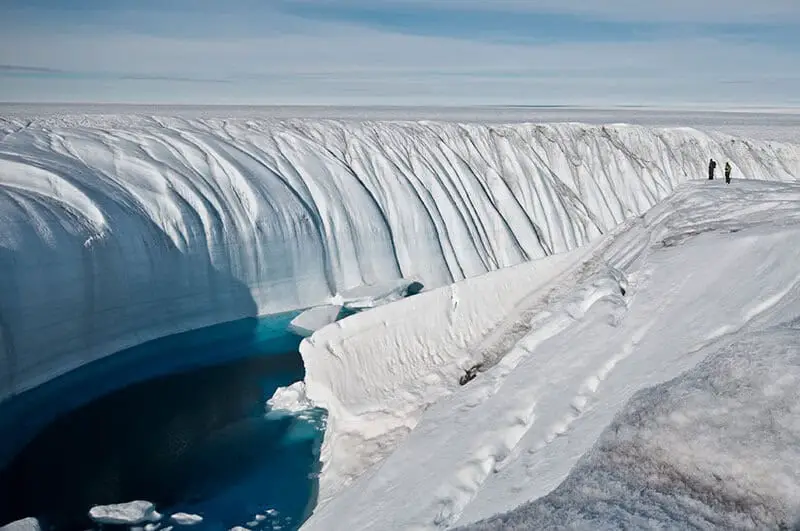
Blood Falls has become one of Antarctica’s most iconic and visually striking landmarks, attracting scientists, adventurers, and photographers from around the world.
Its bold, red streak stands in stark contrast to the endless white of the surrounding ice.
For a look at some breathtaking images, visit
BBC Earth
.
12. Debunking Climate Change Myths
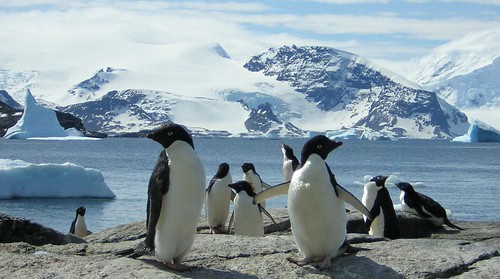
Despite its dramatic appearance, Blood Falls is not a sign of recent climate change.
Its striking red flow is the result of ancient geological and chemical processes, not a warning of environmental catastrophe.
Scientists have thoroughly explained the phenomenon, dispelling many public misconceptions.
Find a detailed discussion of these myths at
The Conversation
.
13. The Science of Iron Oxidation
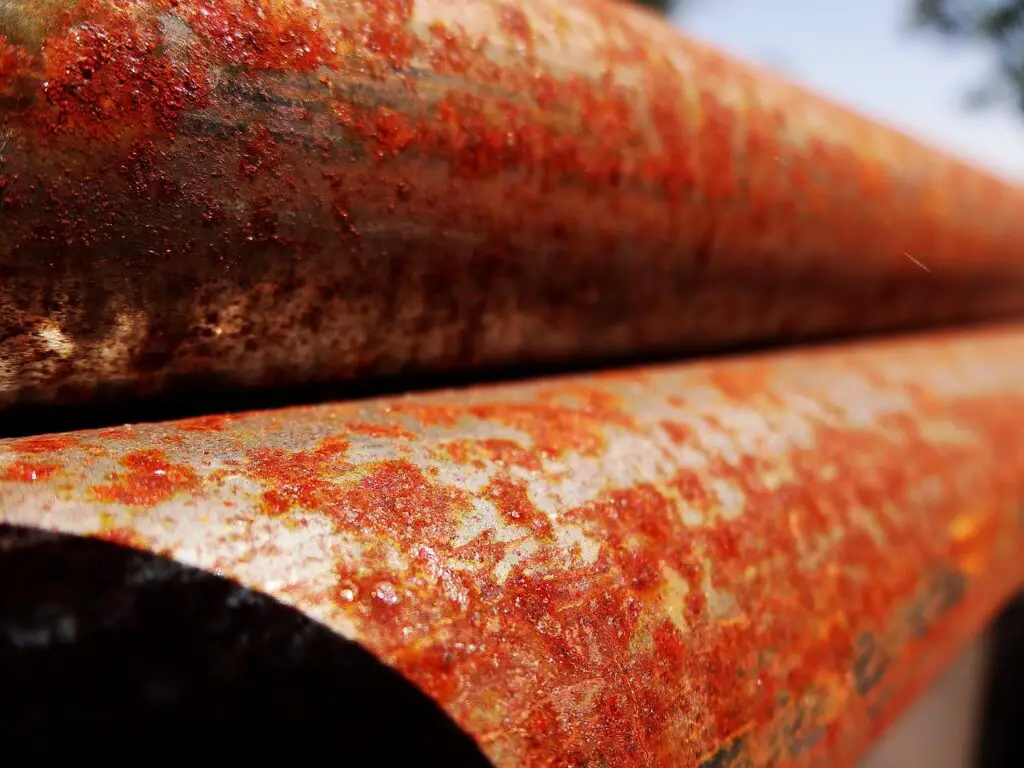
The vibrant hue of Blood Falls is a direct result of iron oxidation.
When the iron-rich brine escapes and meets oxygen, it reacts to form iron oxide—or rust—which stains the ice a deep red.
This classic oxidation process is fundamental to understanding the falls’ appearance.
For a deeper dive into the chemistry, visit
Chemistry World
.
14. Microbial Survival Strategies
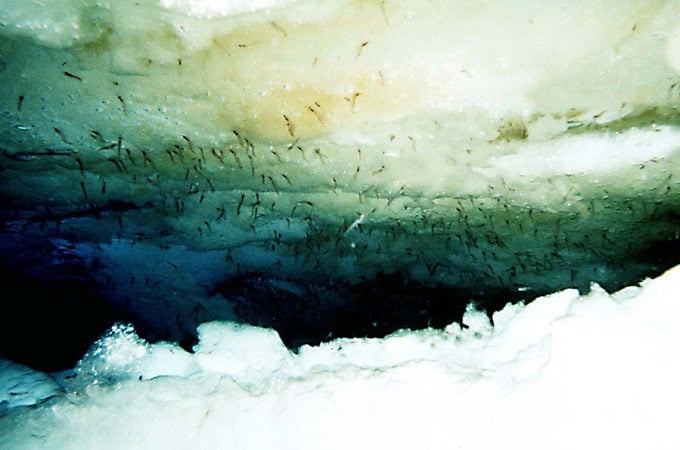
The microbes inhabiting Blood Falls’ subglacial lake have evolved remarkable adaptations to survive in dark, salty, and oxygen-free environments.
These organisms use alternative chemical pathways for energy, thriving where most life cannot.
Their resilience intrigues astrobiologists, who see them as potential analogs for life on icy moons and planets beyond Earth.
Discover more about these survival strategies at
Science News
.
15. Insights for Extraterrestrial Life

Blood Falls serves as a valuable analog for potential life on Mars or Jupiter’s moon Europa.
Both worlds may harbor subsurface water beneath thick ice, resembling the harsh conditions of Antarctica’s hidden lake.
Studying Blood Falls helps scientists refine the search for life on other planets.
NASA highlights these intriguing parallels at
NASA.gov
.
16. How Blood Falls Was Finally Explained
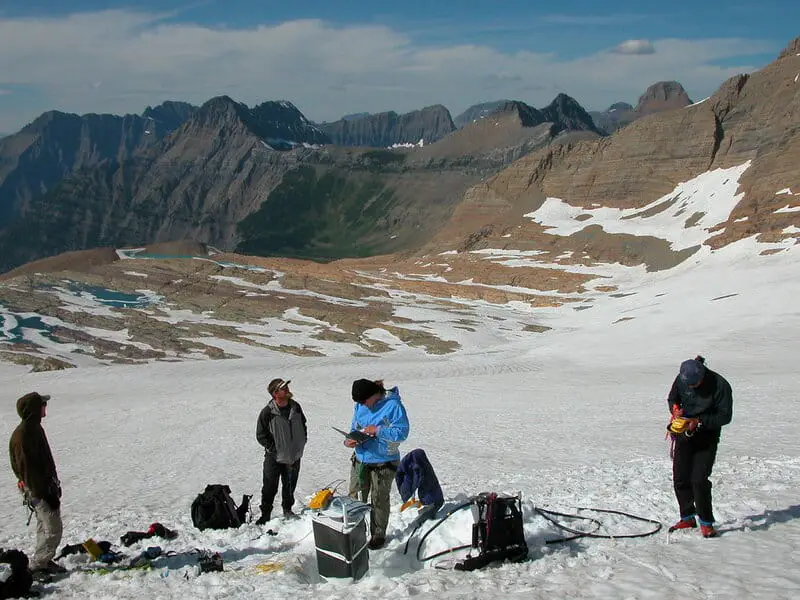
The true nature of Blood Falls was revealed after decades of geochemical analysis and advanced remote sensing.
Scientists employed radar imaging and direct drilling to trace the hidden brine channels beneath the glacier.
These efforts confirmed that iron oxidation is responsible for the falls’ color.
Read the full scientific explanation at
Live Science
.
17. The Color Changes Over Time
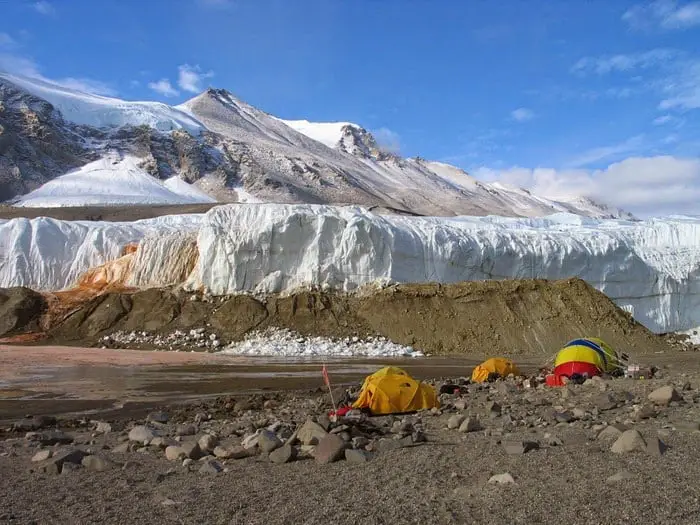
Blood Falls doesn’t always appear the same shade of red—its color intensity shifts with changes in flow rate and levels of iron oxidation.
At times, the outflow can look orange or even brown, creating an ever-changing spectacle.
For a visual history of these transformations, view time-lapse images at
Atlas Obscura
.
18. No Threat to Wildlife
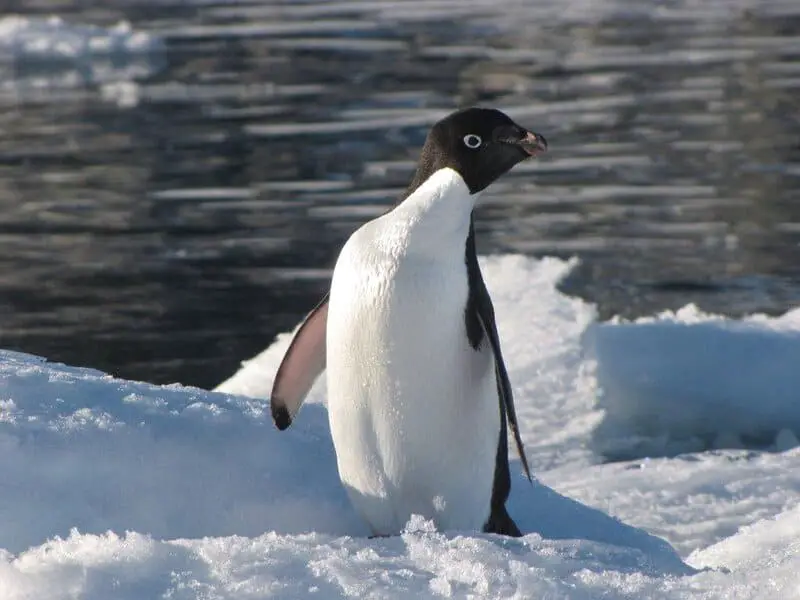
Blood Falls poses no threat to Antarctic wildlife or surrounding ecosystems.
Its remote location and unique chemical properties ensure minimal interaction with native species.
This natural phenomenon remains largely isolated from the continent’s broader environment.
Learn more about its ecological impact at
Antarctic Sun
.
19. Blood Falls in Popular Culture
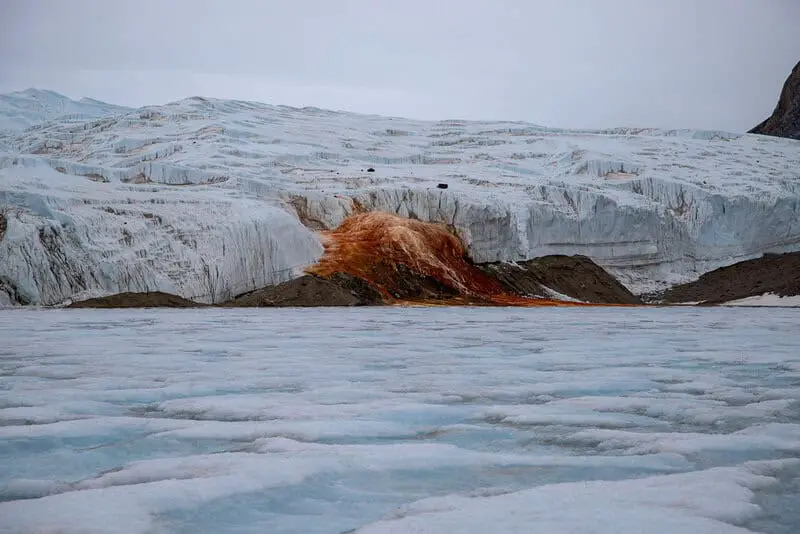
The dramatic spectacle of Blood Falls has captured imaginations far beyond the scientific community.
It has been featured in documentaries, inspired artworks, and even provided eerie backdrops for horror stories.
Its enigmatic beauty and mystery ensure its place in popular culture.
Discover more fascinating references at
Mental Floss
.
20. A Logistical Challenge

Studying Blood Falls is no easy feat.
Researchers contend with severe cold, unpredictable weather, and shifting ice to reach this remote location.
Transporting equipment, drilling through thick glacier ice, and ensuring safety all present major obstacles.
Despite these challenges, scientists continue to uncover its secrets.
Read firsthand fieldwork accounts at
National Science Foundation
.
21. The Impact of Research Technology
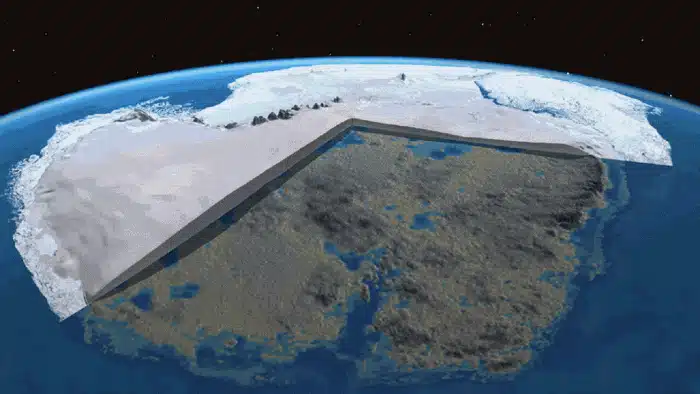
Recent breakthroughs in radar imaging, precision drilling, and water sampling have transformed the study of Blood Falls.
These tools enable scientists to map subglacial lakes and brine channels in unprecedented detail.
Technological progress continues to reveal new facets of this Antarctic wonder.
Discover these innovations at
Nature Geoscience
.
22. Ongoing Mysteries
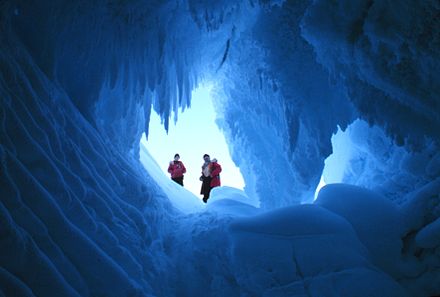
Despite decades of research, several mysteries still surround Blood Falls.
Scientists are eager to learn more about the network of interconnected subglacial lakes and how these hidden reservoirs evolve over time.
Continued exploration may reveal new insights into Antarctica’s secretive and dynamic under-ice world.
Stay updated on ongoing research at
Scientific American
.
23. A Final Remarkable Reminder
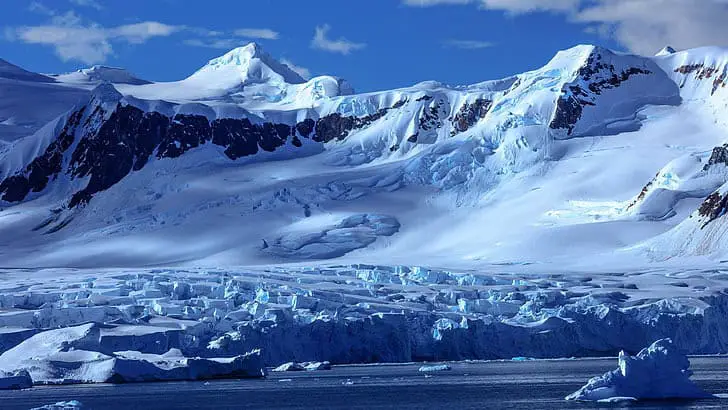
Blood Falls stands as a powerful symbol of Antarctica’s unpredictability, continually challenging what scientists think they know about our planet’s extremes.
Its narrative is woven with curiosity, mystery, and the thrill of discovery.
For thoughtful reflections on Blood Falls’ enduring fascination, visit
BBC Future
.
Conclusion
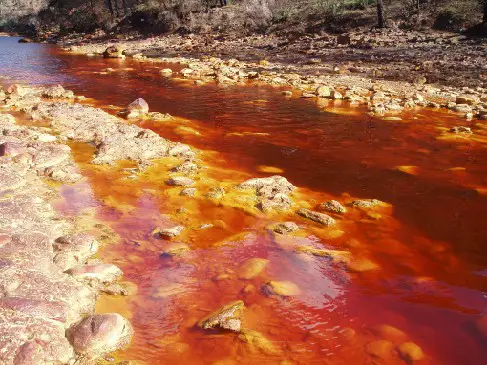
Blood Falls, with its striking crimson flow and remarkable chemistry, stands as a testament to the hidden wonders lurking beneath Antarctica’s icy surface.
Rather than signaling catastrophe, it unlocks secrets about ancient climates, resilient life, and even the search for life beyond Earth.
As scientists continue to unravel its mysteries, Blood Falls reminds us of the importance of curiosity-driven exploration.
Let its story inspire us to keep probing the planet’s most extreme and enigmatic frontiers.



Vielleicht interessiert es Sie:
Wussten Sie! Minensuchratten auf dem Schlachtfeld und sie sind super effektiv!
Wie viele Giraffenarten gibt es? Leben sie alle in Afrika?
Der Vogel ist das Weibchen der Vögel: wahr oder falsch?
Warum bauen Biber Dämme? Welchen Nutzen?
Warum leben manche Tiere nachtaktiv? Welche Vorteile?
Küssen Tiere? Ist das die gleiche Bedeutung wie Menschen?
200+ Hilarious Seahorse Jokes That Will Make You Smile and Giggle
200+ Funny Investment Jokes to Boost Your Financial Humor Game